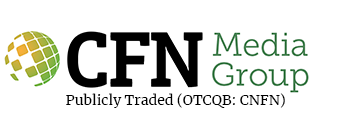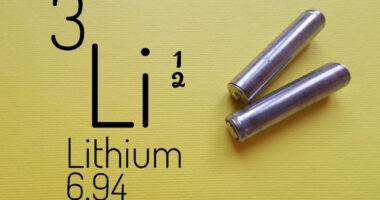Earlier this year uranium prices hit their highest level since 2007 before tailing off slightly. Despite the recent minor dip – about 4% down for the quarter – the market forces that have been pushing the critical mineral higher are expected to persist. Increasing nuclear energy development across the globe means the long-term outlook is for short supply in an already constrained market. In December, over 20 countries signed an agreement to triple nuclear capacity by 2050.
Kazakhstan produces about 43% of the world’s supply. Canada is next on the list, at 15%. Canada is home to the world’s richest uranium deposits, situated in the Athabasca Basin of northern Saskatchewan. Both the federal and provincial governments are encouraging uranium exploration through tax incentives and credits.
One company that sees the opportunity clearly is Stallion Uranium Corp. (TSX.V: STUD) (OTCQB: STLNF) (FSE: HM40). Stallion Uranium has assembled one of the largest land packages in the southwestern region of the Athabasca Basin, historically less explored than the more developed eastern area but home to several recent discoveries. With over 3,000 square kilometers of claims in the region, Stallion has used airborne electromagnetic surveys to identify several key project areas that warrant further exploration.
The Coffer Project
Following the airborne surveys, the company conducted a more detailed ground survey of one of the most promising areas, named the Coffer Project. Stallion identified several prime drill targets, and recently announced very positive results from the first hole drilled, in an area called the Appaloosa Target.
“We are thrilled to encounter radioactivity on our very first hole, CF24-001, on the Appaloosa Target.” said Darren Slugoski, Vice President Exploration, Canada. “The radioactivity encountered along with the associated alteration are strong indications that we are on a mineralized trend that has the potential to host a significant deposit. It is very rare for a drilling program to intersect radioactivity on the first hole of a program, and we think this is a testament to the potential of the Appaloosa Target. We have gained an incredible amount of geological information about the target area from the hole and have already incorporated that into our targeting models for the second hole that is now underway.”
This one hole, in this one area, is just the beginning for Stallion. The company began assembling the massive land package just last January, and has identified eight named project areas to date as a result of its state of the art surveys. The Appaloosa Target is just the first one to be drilled, and two more holes are being drilled on the site. These results are promising, but early. Of course more work needs to be done to confirm the presence of a significant uranium deposit.
The Potential Impact of a Major Discovery
Stallion is hunting the next major uranium discovery in the Athabasca Basin. A look at a couple of recent discoveries highlights the potential impact such a find can have on a company’s valuation.
In November 2022, F3 Uranium Corp. announced a significant find in what the company now calls the JR zone, about 13km due west of Stallion’s Coffer Project. That news, combined with some follow-up exploration, pushed the company’s market capitalization from CAD$28 million at the time of the announcement to CAD$148 million in mid January 2023. Today, F3 Uranium is valued at about CAD$202 million.
There is another example from the same neighborhood of the Athabasca Basin. NexGen Energy Ltd. discovered the Arrow Deposit, the center of what is now considered the world’s largest uranium discovery, in February 2014 with its 21st drill hole. The company’s stock opened the month at US$0.23/share and hit a high following the discovery of US$0.51. More exploration followed, and in March 2016 NexGen released a maiden resource estimate that pushed the stock to US$1.35. The company has since expanded the resource, and the project is in the later development stages. The stock trades currently at about US$8 and the company is valued at about US$4.3 billion.
The Upshot
Developing a uranium mine can take considerable time, even in an environment where all the applicable governmental agencies are invested in the project coming to fruition. But each step offers investors a significant opportunity to realize gains. This is the path that Stallion Uranium is taking, not only with the Coffer Project but across several promising prospects encompassed by its massive land package. The very early signs are positive, the road is long, but the journey has begun. Keep an eye on this one as new developments are announced.










